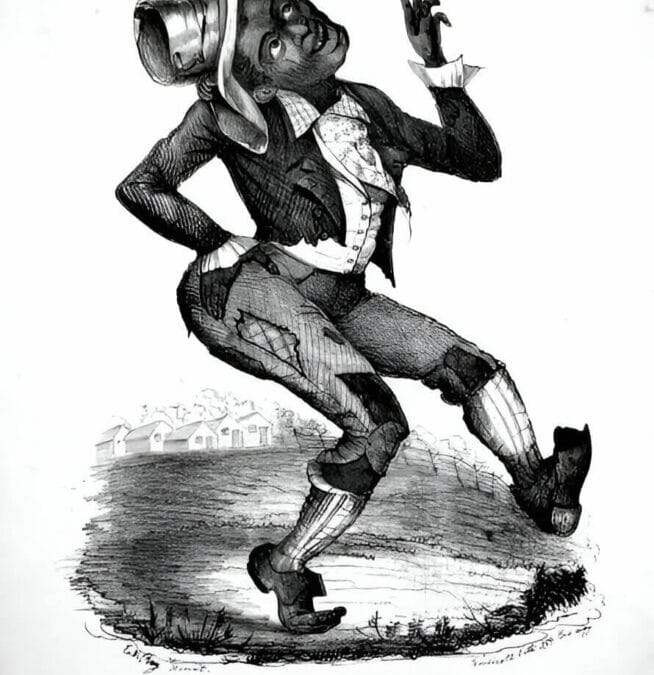You’ll find that the journey from Jim Crow laws to the Black Lives Matter movement has been a tumultuous one, marked by centuries of racial inequality and oppression. This blog post will research into the intricate history of racial injustice in the United States, exploring key events and movements that have shaped the experiences of African Americans throughout the years. By understanding this history, we can better comprehend the ongoing struggles for racial equality and justice in our society today.
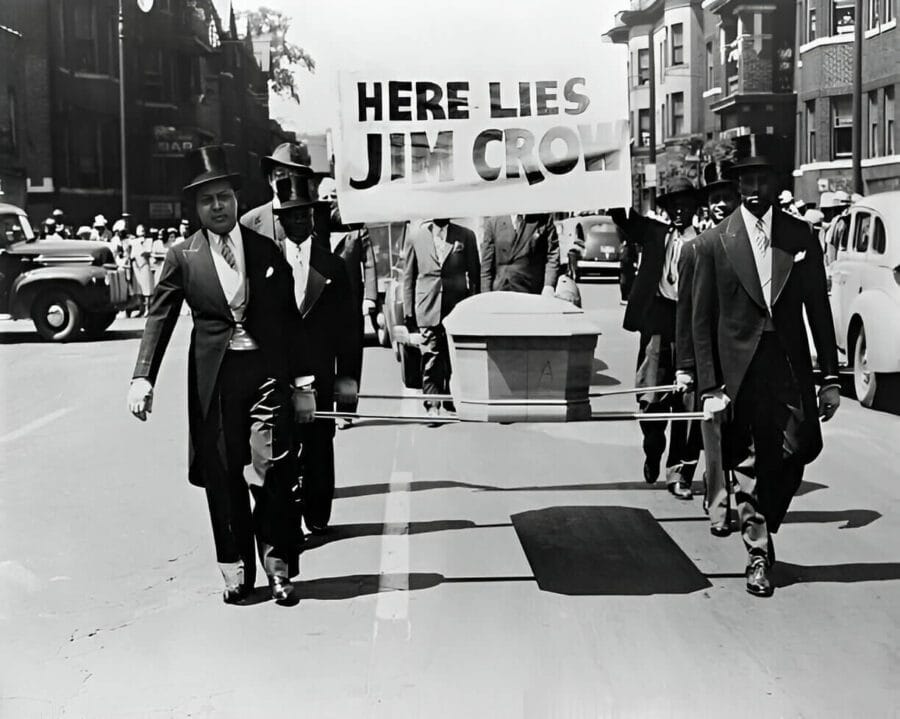
The Era of Jim Crow Laws
Origins and Legalization of Jim Crow
Your began in the late 19th century, as Southern states implemented a series of laws and regulations that enforced racial segregation and disenfranchisement of African Americans. The term « Jim Crow » derived from a 19th-century minstrel show character that depicted negative stereotypes of African Americans. These laws were upheld by the Supreme Court in the 1896 Plessy v. Ferguson case, establishing the « separate but equal » doctrine that allowed for legal segregation in public facilities.
Impacts and Resistance against Jim Crow
Any of these laws had devastating effects on African American communities, perpetuating systemic racism by denying them access to education, employment, and political participation. However, African Americans resisted and fought against these unjust laws through civil rights organizations, boycotts, sit-ins, and legal challenges. The Montgomery Bus Boycott, led by Rosa Parks, and the efforts of civil rights activists like Martin Luther King Jr. were pivotal in challenging the institution of Jim Crow.
To truly understand the lasting impact of the Jim Crow era on American society, it is necessary to recognize the resilience and courage of those who fought against these oppressive laws. Their efforts paved the way for the Civil Rights Movement and the eventual dismantling of the Jim Crow system, leading to greater equality and justice for all Americans.
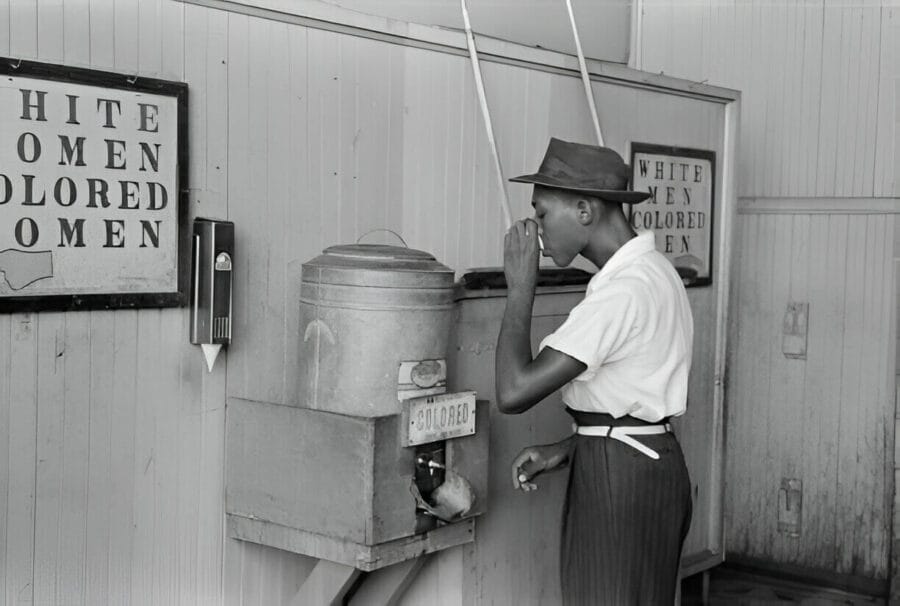
The Civil Rights Movement
Key Leaders and Events
The Civil Rights Movement was a pivotal time in American history, marked by the courageous efforts of key leaders such as Martin Luther King Jr., Rosa Parks, and Malcolm X. These individuals, along with countless others, organized protests, marches, and sit-ins to demand an end to segregation and racial discrimination. The Montgomery Bus Boycott, the March on Washington, and the Selma to Montgomery marches are just a few of the landmark events that defined this era.
Legislation and Social Change
Social change during the Civil Rights Movement was driven by legislative victories that dismantled institutionalized racism. The Civil Rights Act of 1964, the Voting Rights Act of 1965, and the Fair Housing Act of 1968 were among the significant pieces of legislation that were passed to ensure equal rights for all citizens, regardless of race. These laws were instrumental in combating segregation, voter suppression, and housing discrimination.
This legislation not only challenged the systemic inequalities that had been entrenched for generations but also paved the way for future social justice movements. The Civil Rights Movement laid the foundation for ongoing efforts to address racial disparities and promote equality for all individuals. Its impact continues to resonate in contemporary discussions surrounding race relations and justice in America.
The Continuing Struggle
Post-Civil Rights Era Challenges
It is evident that the fight for racial equality did not end with the Civil Rights Movement. The post-Civil Rights era presented new challenges that African Americans continued to face, including systemic racism, economic disparities, and mass incarceration. Despite the legal victories of the past, racial discrimination persisted in various forms, creating barriers to true equality and justice.
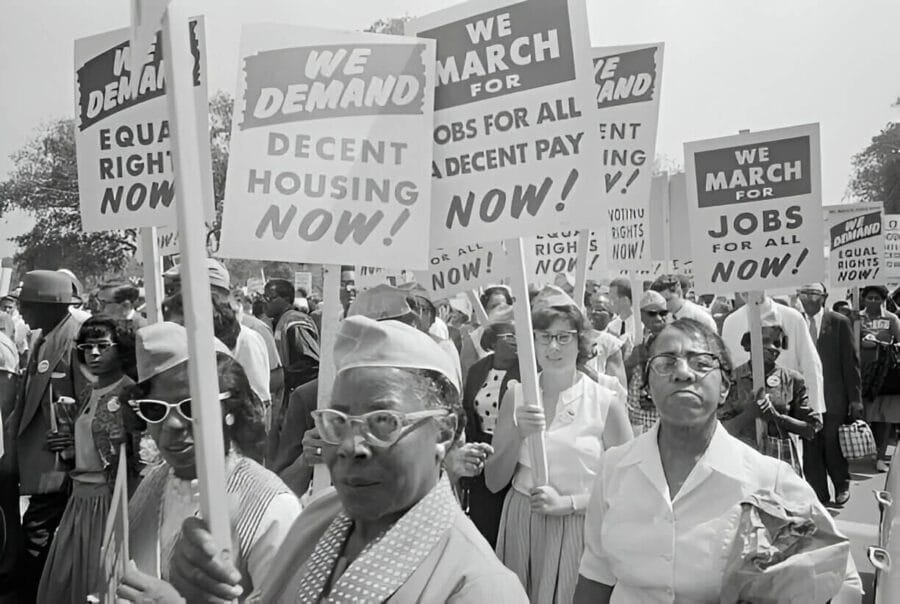
The Rise of Black Lives Matter
Any discussion of the modern struggle against racial injustice must acknowledge the rise of the Black Lives Matter movement. Born out of the acquittal of George Zimmerman in the shooting death of Trayvon Martin and further fueled by the deaths of Michael Brown, Eric Garner, and countless others at the hands of law enforcement, Black Lives Matter has become a powerful force for advocating against police violence and systemic racism.
Challenges faced by the Black Lives Matter movement include criticism from those who misunderstand its message, attempts to discredit or undermine its efforts, and backlash from those who cling to the status quo. Despite these obstacles, the movement has succeeded in bringing national attention to issues of racial injustice and inequality, sparking important conversations and pushing for meaningful change.
Modern Racial Justice Efforts
Policy Reforms and Public Awareness
Many organizations and activists have been working tirelessly to push for policy reforms that address systemic racism and promote racial equality. Initiatives such as police reform, criminal justice reform, and voting rights advocacy have been at the forefront of these efforts. Concurrently, there has been a significant focus on raising public awareness about racial injustice through campaigns, social media movements, and educational programs.
Intersectionality and Broader Movements
Efforts to advance racial justice have increasingly embraced intersectionality, recognizing the interconnected nature of social identities and how they intersect with systems of oppression. Movements like Black Lives Matter have amplified the voices of marginalized communities, highlighting the importance of addressing various forms of discrimination simultaneously. This broader approach has fostered solidarity between different social justice movements, creating a more inclusive and impactful fight against racial injustice.
Policy reforms and public awareness are crucial components of modern racial justice efforts. By advocating for systemic changes and raising awareness about racial inequality, activists and organizations are working towards a more just and equitable society for all.
Final Words
Conclusively, the journey from Jim Crow laws to the Black Lives Matter movement exemplifies the ongoing struggle against racial injustice in America. The institutionalized racism of the past has evolved into systemic inequalities that continue to impact the lives of Black Americans today. Understanding this history is crucial to dismantling the structures that perpetuate discrimination and inequality. By acknowledging the past and working towards a more just and equitable future, we can strive towards a society where all individuals are truly treated equally, regardless of the color of their skin.
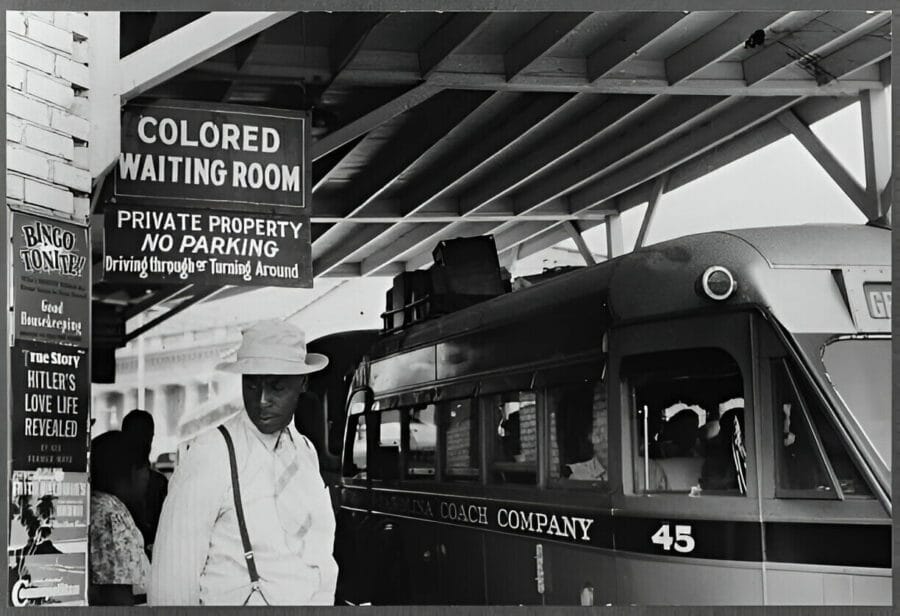
FAQ
Q: What are Jim Crow laws?
A: Jim Crow laws were state and local laws in the United States that enforced racial segregation and disenfranchisement of African Americans from the late 19th century until the mid-20th century.
Q: How did the Jim Crow era impact African Americans?
A: The Jim Crow era institutionalized racism, leading to widespread discrimination, economic disparities, and limited opportunities for African Americans in education, employment, and public life.
Q: What is the civil rights movement?
A: The civil rights movement was a social and political movement in the United States that aimed to end racial segregation and discrimination against African Americans, and to secure legal rights and protections for all citizens regardless of race.
Q: What is the Black Lives Matter movement?
A: The Black Lives Matter movement is a decentralized political and social movement advocating for non-violent civil disobedience in protest against incidents of police brutality and all racially motivated violence against black people.
Q: How can we address racial injustice?
A: To address racial injustice, we must actively work to dismantle systemic racism, educate ourselves and others about privilege and bias, advocate for policy changes that promote equality, and support organizations and initiatives that fight for racial justice and equity.
See also our article : The History and Power of the Black Lives Matter Movement

